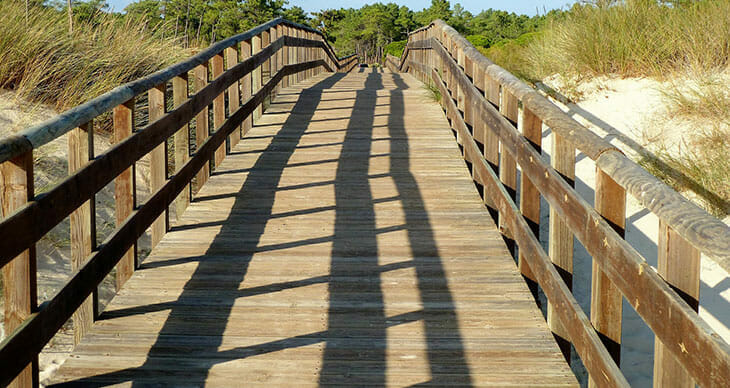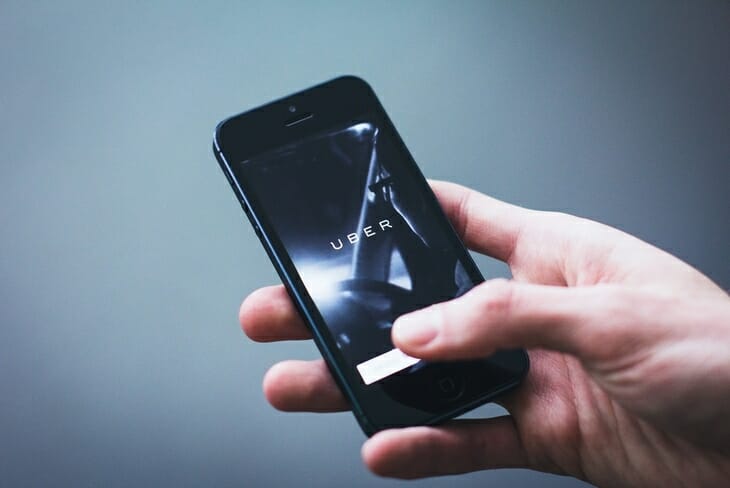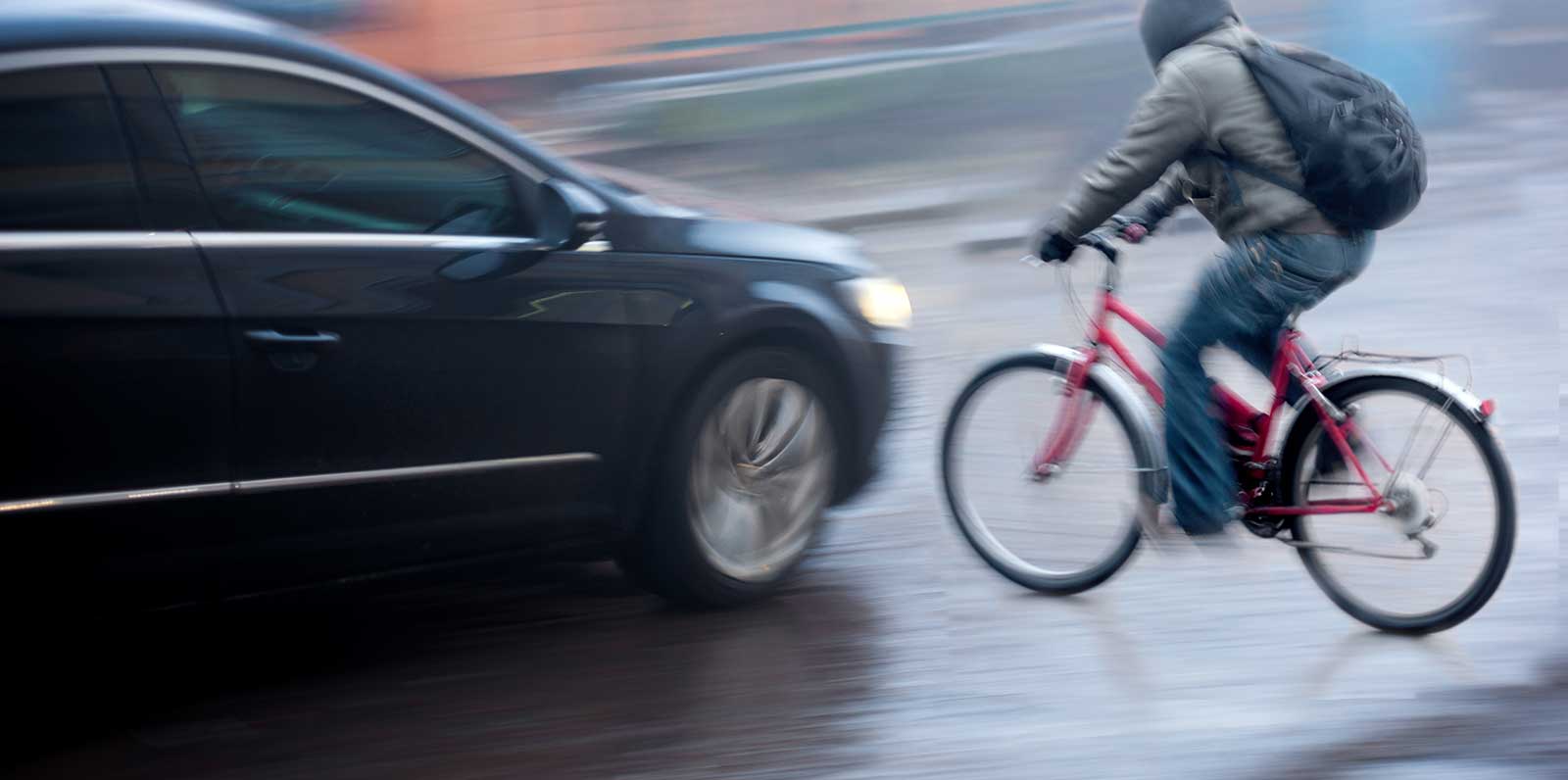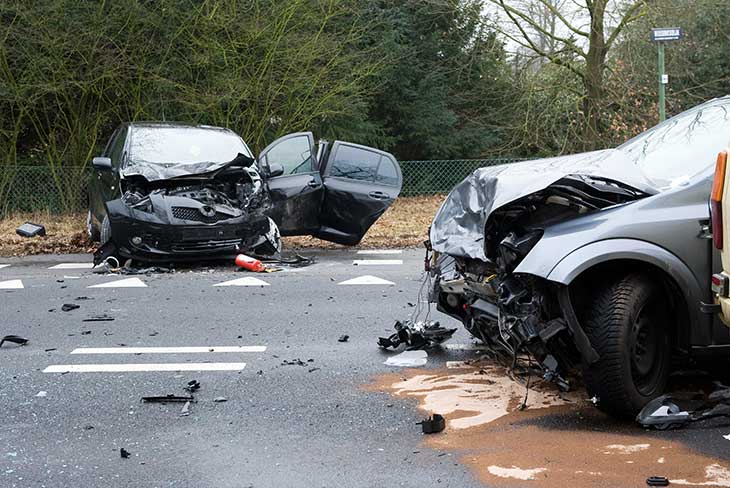Understanding Handrail and Guardrail Accidents
 November 19, 2025
November 19, 2025- Categories: Personal Injury

Understanding handrail and guardrail accidents means recognizing how these incidents can lead to significant injury and complicated questions about liability for property owners.
The following legal insights from experienced slip and fall accident attorneys at Neale & Fhima can help unravel key questions about property owner responsibilities, building code requirements, and the path toward possible compensation.
Key Takeaways About Handrail and Guardrail Accidents
- California Civil Code Section 1714 governs premises liability claims. This statute establishes that property owners are responsible for maintaining safe conditions and can be held liable for injuries caused by their negligence, including unsafe handrails and guardrails.
- The unforeseen costs of injuries can be staggering. Common injuries from handrail and guardrail accidents, such as spinal cord damage or traumatic brain injuries, often result in lifelong medical expenses, lost earning potential, and ongoing care needs that far exceed initial estimates.
- Time limits for filing claims vary by case. While California’s statute of limitations for personal injury claims is generally two years, cases involving government-owned properties may have shorter deadlines. Acting quickly ensures your claim remains valid.
- Handrail and guardrail accidents often involve hidden hazards. Issues like internal corrosion, improper anchoring, or substandard materials may not be immediately visible but can still lead to serious injuries. Legal professionals can uncover these details to strengthen your case.
When Can You Seek Compensation For Handrail and Guardrail Accidents?
Legal claims for handrail and guardrail accidents are possible when a property owner fails to follow codes or address hazards, resulting in a slip or fall. Attorneys often review the following factors to determine if someone’s rights have been affected:
- Compliance with building codes and safety standards: Safety regulations set clear requirements for handrail and guardrail height, strength, and spacing.
- Proper installation and maintenance: Inadequate installation or neglect in maintaining railings can introduce unnecessary risk of falls.
- Visible deterioration or instability: Corrosion, loose components, or wobbly rails suggest a lack of proper upkeep and can signal negligence.
- Absence of required handrails or guardrails: Areas missing mandated safety barriers may create the opportunity for serious injury.
- Failure to warn of known hazards: Property owners who do not post warnings about dangerous or missing railings may face heightened liability.
Legal professionals help clarify where property owners may have fallen short and offer insight into what outcomes could realistically result from a claim. Consulting with attorneys can reveal eligibility details and strengthen the strategy for those considering legal action after these types of accidents.
Types of Handrail and Guardrail Accidents
Faulty handrails and guardrails often cause serious accidents, especially when they fail to provide the support or protection people rely on. These incidents can lead to injuries that require legal action to hold property owners accountable. Common types of accidents include:
- Slip and fall accidents: Handrails that don’t provide a secure grip or support can cause individuals to lose their footing, particularly on wet or uneven surfaces.
- Trip and fall accidents: Poorly installed or damaged railings create tripping hazards, leading to falls on stairs, walkways, or platforms.
- Falls from height: Missing or unstable guardrails on balconies, staircases, or elevated walkways increase the risk of dangerous falls.
- Loss of balance incidents: Handrails set at improper heights or with incorrect spacing fail to prevent falls, especially in busy or high-traffic areas.
- Injuries from broken or corroded rails: Rusted, splintered, or damaged railings can break under pressure, leading to falls or physical injuries like cuts and abrasions.
- Accidents involving children or elderly individuals: These groups often depend on handrails and guardrails for stability, making defective or absent safety features particularly hazardous.
A skilled legal team can connect these accidents to property owner negligence and build a strong case for fair compensation.
Handrail and Guardrail Injury Accident Claim FAQs
What should I do immediately after a handrail or guardrail accident?
Document the scene by taking photos of the defective handrail or guardrail, gather contact information from witnesses, and report the incident to the property owner or manager. Seeking medical attention immediately is also critical, as it creates a record of your injuries that can support your legal claim.
Can I file a claim if the handrail or guardrail didn’t meet building codes?
Non-compliance with building codes can serve as strong evidence of negligence in a premises liability case. A lawyer can review the specifics of your accident and determine how the property owner’s failure to meet safety standards contributed to your injuries.
How long do I have to file a claim for a handrail or guardrail accident?
In California, you generally have two years from the accident date to file a personal injury claim. However, certain circumstances, such as claims involving government entities, may have shorter deadlines. Consulting with a personal injury lawyer promptly ensures you don’t miss critical filing windows.
Injured in a Slip and Fall Accident? Contact Neale & Fhima for a Free Case Evaluation
Don’t let a handrail or guardrail accident derail your life. When property owners neglect safety, you deserve a legal team that will fight for the compensation you need to recover.
At Neale & Fhima, we know how to connect the dots between unsafe conditions and property owner negligence, building a strong case that puts your best interests first.
Your path to justice starts with a simple step. Contact experienced premises liability lawyers online or at 888-407-2955 for a free case evaluation exploring your legal rights and options.

 Aaron Fhima is a trial attorney who has secured numerous settlements and verdicts against large corporations and some of the largest auto manufacturers in the world. Representing consumers and injury victims throughout the state of California, Aaron’s practice areas include personal injury, and lemon law litigation. Aaron has a long record of success taking on large defense firms; and he doesn’t hesitate to take cases to trial when necessary to enforce his clients’ rights. [
Aaron Fhima is a trial attorney who has secured numerous settlements and verdicts against large corporations and some of the largest auto manufacturers in the world. Representing consumers and injury victims throughout the state of California, Aaron’s practice areas include personal injury, and lemon law litigation. Aaron has a long record of success taking on large defense firms; and he doesn’t hesitate to take cases to trial when necessary to enforce his clients’ rights. [ 


